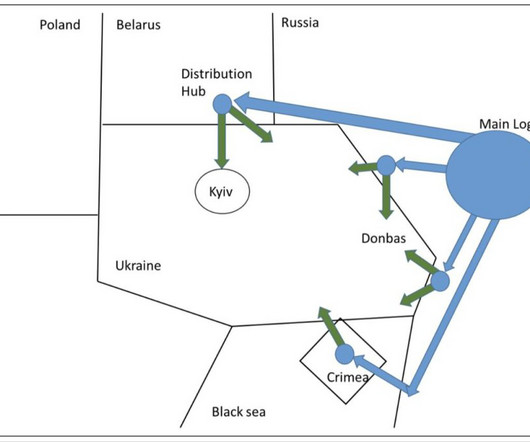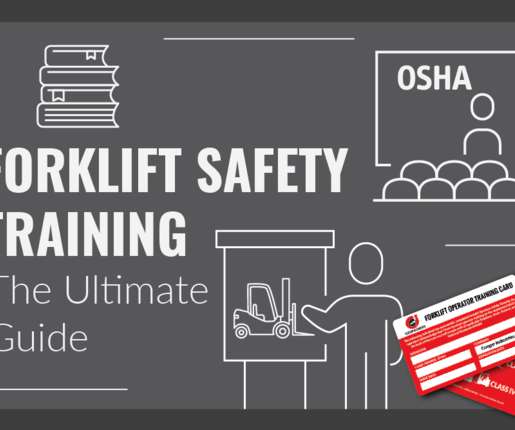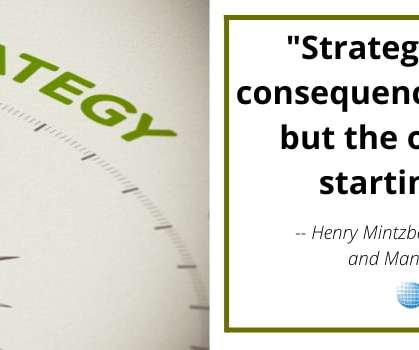Why Russian logistics failed in Ukraine?
Logistics at MPEPS at UPV
APRIL 1, 2023
According to a recent study that analyzed the early months of the Ukrainian war through a logistical lens, inadequate preparation, poor logistics, and unrealistic planning are among the factors that led to the failure of Russia’s swift invasion of Ukraine. ZAPAD-2021: PLANNING AND PREPARING LOGISTICS FOR A WAR?





























Let's personalize your content